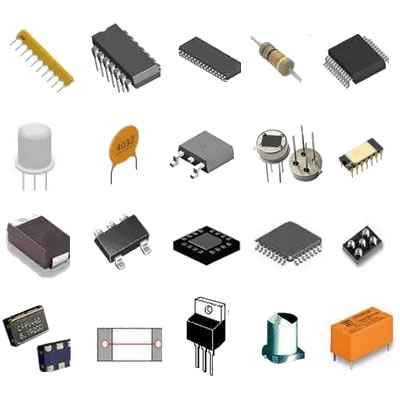Resistors are common electronic components used to limit current, adjust voltage, divide voltage, shunt current and other functions in circuits. In the manufacturing process of electronic products, the product standards of resistors are very important. They can ensure that the quality and performance of resistors meet the requirements, and also ensure the stability and reliability of electronic products. Let's take a closer look at the product standards of resistors.

1. Size and appearance: The size and appearance of the resistor should comply with the requirements of national standards or industry standards, including the length, width, height, lead length and other dimensional requirements, and the appearance should be free of obvious damage, deformation, oxidation and other defects.
2. Resistance value and accuracy: The resistance value of the resistor should meet the design requirements and meet the accuracy level specified by national standards or industry standards. Usually, different accuracy levels such as 1%, 5%, and 10% are available.
3. Temperature coefficient: The temperature coefficient of a resistor refers to the ratio of the resistance value to temperature change within a certain temperature range. It is usually expressed in ppm/℃ (parts per million/degree Celsius). The temperature coefficient of the resistor is required to meet the design requirements.
4. Withstand voltage and withstand voltage: Resistors need to withstand a certain voltage during operation, so resistors are required to have a certain withstand voltage and withstand voltage capability to ensure the safety and stability of the circuit.
5. Heat resistance and moisture resistance: Resistors will be affected by certain heat and humidity during operation, so resistors are required to have certain heat resistance and moisture resistance to ensure the reliability and stability of the circuit.
6. Welding performance: The leads of the resistor need to be welded to the circuit board, so the resistor is required to have good welding performance, including the welding performance of the leads and the stability after welding.
7. Environmental protection requirements: As an electronic component, resistors need to meet environmental protection requirements, including compliance with relevant environmental standards such as the RoHS Directive, to ensure the environmental friendliness and sustainability of electronic products.
In general, the product standard of resistors is very important. It can ensure that the quality and performance of resistors meet the requirements, and also ensure the stability and reliability of electronic products. When selecting resistors, we should choose resistors that meet the standards according to actual needs and design requirements to ensure the normal operation and performance of the circuit. I hope the above content is helpful to you, thank you!




